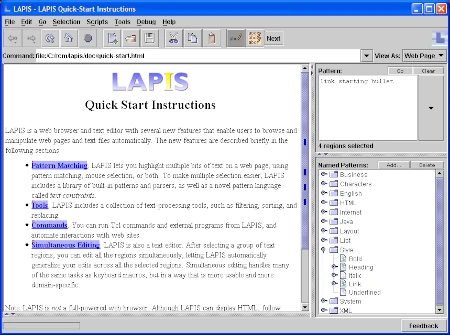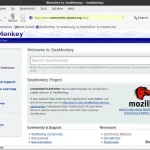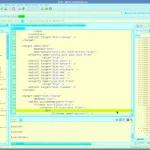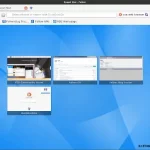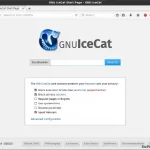Web site: groups.csail.mit.edu/graphics/lapis/
Category: Office
Subcategory: Text Editors, Web browsers
Platform: Linux, Windows
License: GNU GPL
Interface: GUI
Wikipedia: LAPIS
First release: 1998
LAPIS – an experimental web browser and text editor that demonstrates how lightweight structure can be useful.
Features:
– Text constraints, a new pattern language that lets you write simple but powerful patterns using lightweight structure.
– Simultaneous editing, a technique for doing repetitive text edits by controlling multiple cursors. Lightweight structure is used to make inference faster, more accurate, and more high-level. When you select a Java expression, the system can infer “Java.Expression” — not because the inference engine knows anything about Java syntax, but only because the library contains a Java parser that spits out region sets.
– Outlier finding, a technique for catching errors in user-written patterns and inferred patterns. Unusual pattern matches are highlighted as possible errors. Lightweight structure contributes features.
– Structured text tools that operate on region sets. Think “Unix tools for structured text.” Where grep and sort manipulate lines, however, the LAPIS tools can operate on any region set. With lightweight structure, that means you can sort words, filter HTML table rows, and count Java statements, all with the same general set of tools.
– A browser shell, a command shell built into a web browser. You can invoke Tcl commands and external programs and see their results displayed in the browser. The browser shell is useful for building command pipelines and automating web browsing. Lightweight structure contributes here by making it easy to write patterns that match parts of web pages.
Lapis software is programmed in various languages, mainly Java, and released under version 2 of the GNU General Public License (GPLv2), with various dependencies provided under other licenses.

